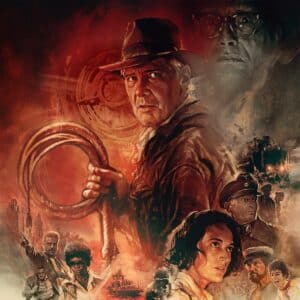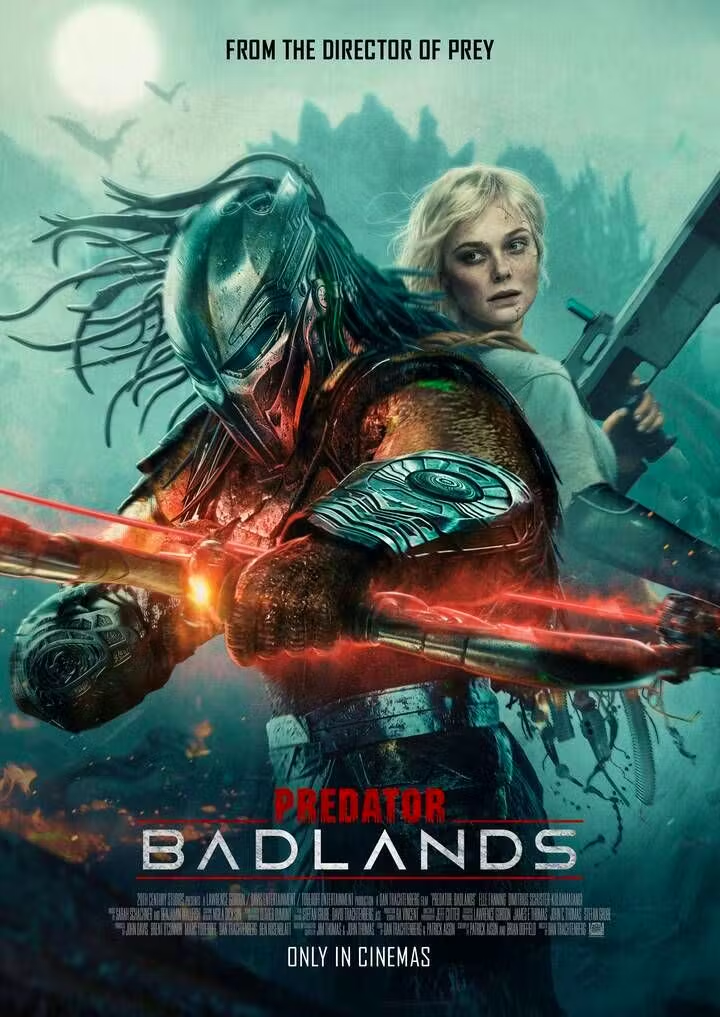
Indiana Jones and the Dial of Destiny
Indiana Jones has hung up his hat and has been teaching archeology at New York University for a few years now. While waiting for a divorce, which weighs like the mourning of his son, Professor Jones drags himself to work and into an ordinary life ‘shaken’ only by the noises of the neighbors. On the eve of the conquest of the Moon, he receives a visit from Helena Shaw, daughter of an old friend ‘killed’ by his obsession with him: the Antikythera machine, a mechanical device designed by Archimedes to find temporal holes. Half of the dial has been resting for years in the Indiana Jones archives, after he stole it from the defeated Nazis in 1944. Back from her past, Helena would like to retrieve the curious find to sell it at an auction in Morocco. Tailing her, craving the same good, is Jürgen Voller, a former Nazi who participated in the Apollo 11 project under a false name. (Ab) beaten years earlier by Indiana Jones on a moving train, he wants to trace the two sides of the dial and travel through time by changing the course of history. A shootout in full ‘moon parade’ starts the search for the precious object. Between Morocco and Sicily, Nazis and ancient Romans, adventure is served.
Did we really need to find Indiana Jones, a hero born in the cinema more than forty years ago, in an era in which invention and innovation were still the cornerstones of the American blockbuster? Did the legend still have enough appeal to justify the fifth whiplash? The answer is happily affirmative, no reservations.
Indiana Jones and the Dial of Destiny begins with a daring train chase, an explosive prologue-flashback set in 1944. Indy, a digitally rejuvenated Harrison Ford, the result is not yet perfect but remains undoubtedly astonishing, snatching the ‘dial’ among a thousand acrobatics ‘ of the title to Hitler’s henchmen. The long incipit places the film’s MacGuffin, a curious device invented by Archimedes and disappeared for 2000 years, and introduces the great villain, the Nazi Jürgen Voller (Mads Mikkelsen, like a fish in water).
With a leap in time, we find Indy in New York, aged in his resigned lethargy, an old relic perhaps waiting for something or someone to push him to dust off his whip and hat. The warlike and boisterous prelude is in stark contrast to what follows, the quiet of a New York apartment filled with old photographs and diffused by the inevitable melancholy associated with the myth.
James Mangold, skilful at insinuating emotion into the mechanics of his blockbusters, preludes a praise of fatigue and the chance out of time, the last race for this retired hero who we will see two sequences later riding (in the subway tunnels), shooting , punch Nazis, escape, chase, decipher ancient codes and cross all borders, including temporal ones.
Because Indiana Jones and the Dial of Destiny is a film of eras in the plural, squared, cubed (1944, 1969, 415 B.C. …) that renews ties with the Indy we have always loved. After all, twilight has always been the domain of Mangold (Logan), who conducts his divertissement without derailing and remaining faithful to the saga, to our attachment to the saga. The obsession of his adventure is above all the passing of time, regrets, decadence, that of his hero and that of his actor who assumes his age and keeps (surely in a notebook) the key to his mystery, a nonchalant charm and an innate talent for getting into trouble with that cool air and that blissful bad luck that constantly throws him to loathsome animals, into gaping chasms, sandwiched between divine fury and abominable Nazis.








